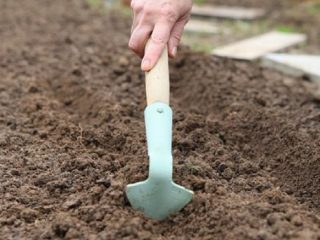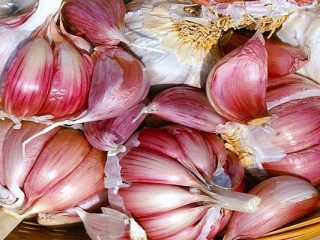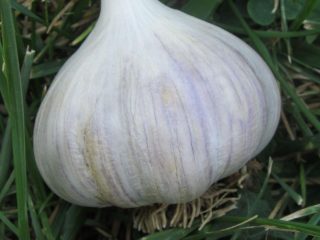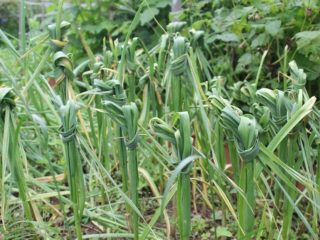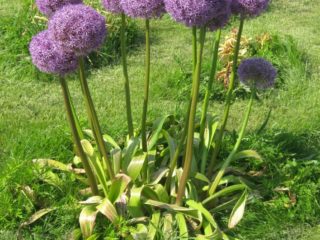Content
Owners of small backyards prefer to grow winter garlic. But among the farmers who cultivate this vegetable on an industrial scale, the spring type is more popular. The difference between winter and spring garlic plays an important role in this choice.

Garlic is one of the most common garden crops
What is the difference and what is the difference between winter garlic and spring garlic
Garlic is a specific vegetable. Some cannot imagine their diet without it, and some dislike it for the pungency and specific smell. To determine which species to plant in your garden, you need to compare them and determine the differences:
Appearance and taste
The difference between spring garlic and winter garlic can be seen in the photo. At first glance, they are almost the same. However, there are differences.
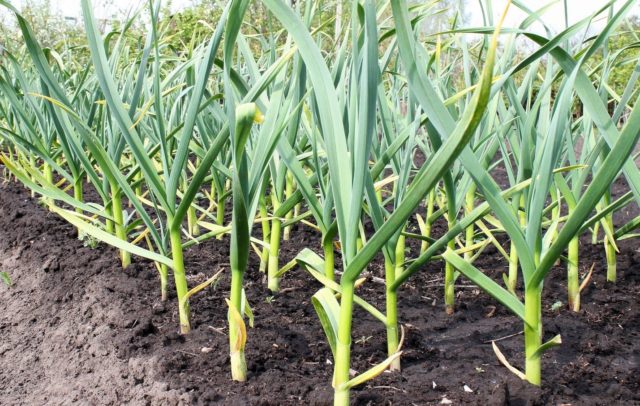
Summer garlic tastes milder and more piquant than hot and spicy winter garlic.
The first difference is the width of the leaves, each of which corresponds to one clove in the bulb. In winter, the leaves are wide, respectively, the cloves in the bulb (6–8 pcs.) Will also be large. The spring is characterized by the presence of narrow leaves. There are more of them than in winter, so there are also more cloves (about 20 pieces). In size, the cloves of spring garlic differ from winter ones: they are much smaller. In addition, the teeth are arranged in a spiral, in contrast to the winter lobules, located around the flower arrow (hemp).
Considering that when planting, approximately the same planting material is used, the size of the ripened bulbs of the summer and winter varieties will be approximately the same.
Boarding time
The next difference is in the landing time. Winter vegetables, unlike summer ones, are planted a month before the arrival of the first frost. This is approximately the last decade of September or the beginning of October. Spring can be planted only when the soil warms up well enough. This is the beginning or mid-April.
Growing season and ripening time
The growing season of winter garlic is shorter than that of spring garlic. Its root system has been formed since autumn. Therefore, seedlings appear immediately after the snow melts. This is how it differs from the spring one, which will need at least 10 days after planting for rooting, so you should not wait for seedlings before this time.
Summer garlic ripens by the end of the season, and the winter harvest can be obtained in late July or early August.
Arrows
You can distinguish winter garlic from spring garlic by the arrows, which, by the way, are one of the reasons for the discrepancy in the preferences of summer residents and farmers. In the process of growing and ripening of seeds, flower stalks of winter garlic take up a considerable part of plastic substances, which significantly slows down the growth of the bulb. Therefore, they have to be cut off immediately after they appear. But if in your own garden this is done without any problems, then on an industrial scale, the removal of peduncles is a rather laborious process, which requires additional human resources to complete. That is why farmers mainly grow on their fields a summer vegetable that does not throw out arrows.
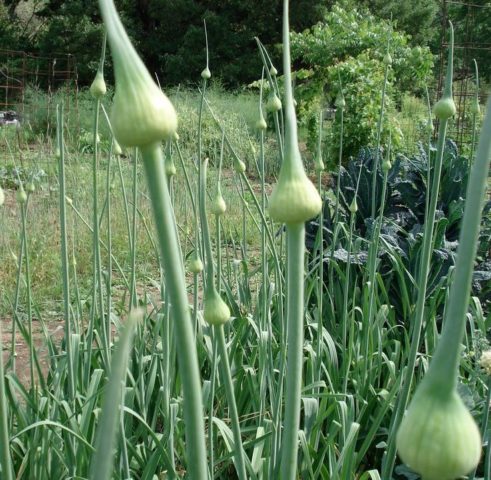
Shooters eat more often pickled
Frost resistance
The winter variety tolerates low temperatures well. Summer yields may suffer if summers are cold.
Care
Spring garlic needs more care than winter garlic. He needs fertile soil and frequent feeding. Winter is less whimsical, it has to be fertilized less often. But regular watering and weeding, despite some differences in cultivation, both plants require.
Which garlic is healthier - spring or winter
Garlic is called a natural antibiotic for a reason. The vegetable owes its bactericidal property to the content of phytoncides in it. In addition, this representative of the Onion family is rich in vitamins A, C, E, PP and group B. In the ripened cloves of the culture there are polysaccharides, vegetable proteins, fiber, and essential oils. They contain fructose with glucose necessary for the body.
Both types of garlic are equally beneficial. There is no difference here. Regular use of them in moderate doses:
- normalizes metabolic processes and strengthens the immune system;
- reduces blood viscosity, which helps to prevent such dangerous diseases as thrombophlebitis and myocardial infarction;
- helps to reduce blood cholesterol levels;
- thanks to the action of the contained thiamine, it normalizes the functioning of the nervous system, increases stress resistance, helps to fight depression;
- contributes to the prevention of colds and viral diseases;
- helps to fight helminthiasis.
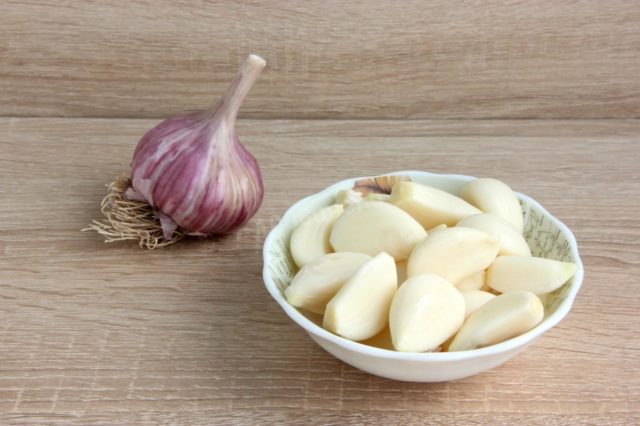
This representative of the Onion family helps prevent ARVI and ARI
Which garlic is best stored - spring or winter
The storage time for winter garlic is about six months. Some varieties dry out at the end of winter and lose their taste. This is perhaps one of the most significant differences between the summer and winter species. Spring retains its taste and smell for much longer - about 1 year.
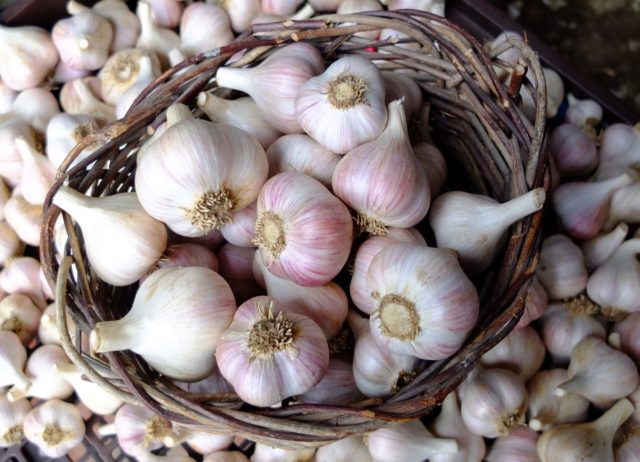
Store the harvest in a wooden container
Which garlic is better to choose for planting - spring or winter
Despite all the differences, this question is not easy to answer. Each grower chooses a type of his own.
For example, owners of personal plots are advised to give preference to the winter one as it is more early ripening and more productive. Whereas for farmers, given the differences in crop care, it is easier to cope with spring crops.
For those who prioritize a long shelf life, it is better to grow summer garlic.
The choice also depends on the growing region. So, for example, in the southern regions with a long warm period, a good harvest of summer garlic is obtained, while in the regions of central Russia it is recommended to give preference to winter varieties.

In large quantities, spring garlic is easier to cultivate
Conclusion
Knowing what is the difference between winter and spring garlic, every vegetable grower can, taking into account all the similarities and differences, choose the right one. And for those who wish to have this spicy and healthy vegetable on the table all year round, gardeners recommend growing both spring and winter crops.
